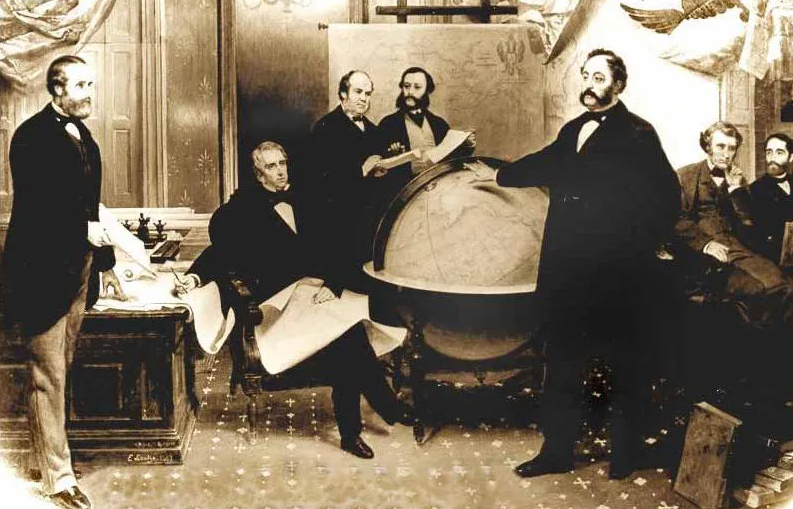Odd as it may seem today, for most of the nineteenth century, Alaska was actually a part of Russia. But on March 30, 1867, Russia sold Alaska to the United States for just about 2 cents an acre. While the penny was worth a lot more back then, that was still an astonishingly low price.
However, what Russia was hoping to gain by the transaction was even more valuable. Although it once had hopes of establishing a series of strong and lucrative trade settlements along the Alaskan coast, those hopes didn’t pan out. In fact, Alaska had become something of a financial black hole, something that Russia could neither invest in nor even defend. To make matters worse, Russian traders in Alaska kept butting heads with American explorers in the region, risking a conflict that Russia could not afford. Meanwhile, one of Russia’s chief trade rivals, Great Britain, was becoming uncomfortably powerful in the Pacific.
By selling a territory that was worse than useless, Russia averted a potential conflict with America, distracted Great Britain with a powerful new rival in the Pacific, saved a bundle of money in the long run, and even made a nice little profit into the bargain.
Many Americans at the time did not see the point of the purchase, negotiated by Secretary of State William Seward, and dubbed it “Seward’s Folly.” However, history has vindicated Seward. First, gold was discovered there. Later, oil made an appearance as well.
Having Alaska in American hands also likely averted a major crisis, if not a catastrophe, during the Cold War. Having a physical Soviet Russian presence so close to American soil could have provoked a nuclear war.

